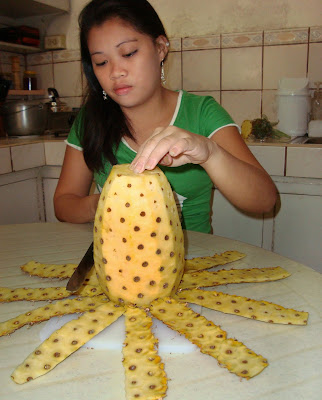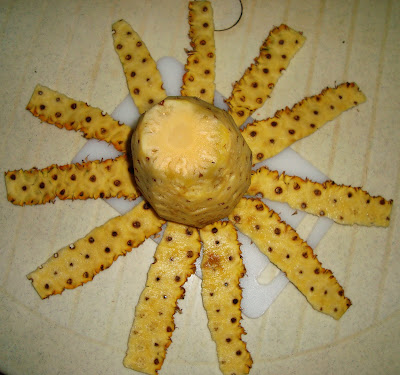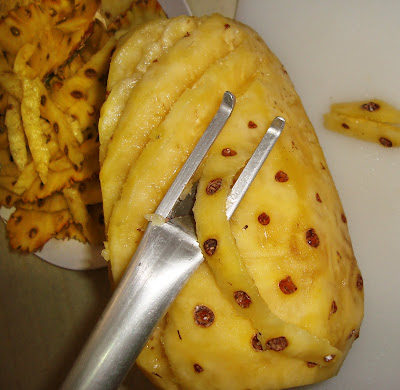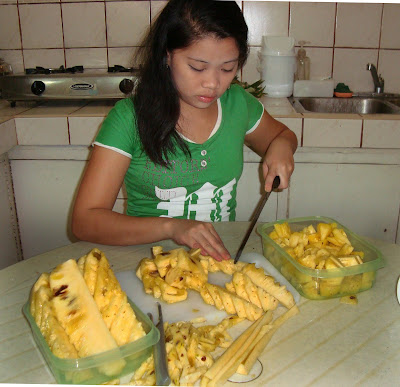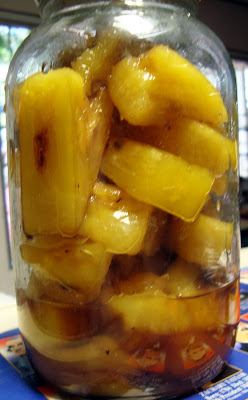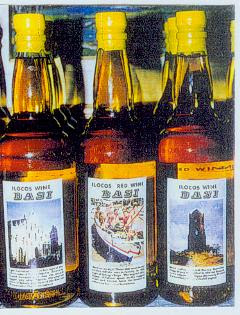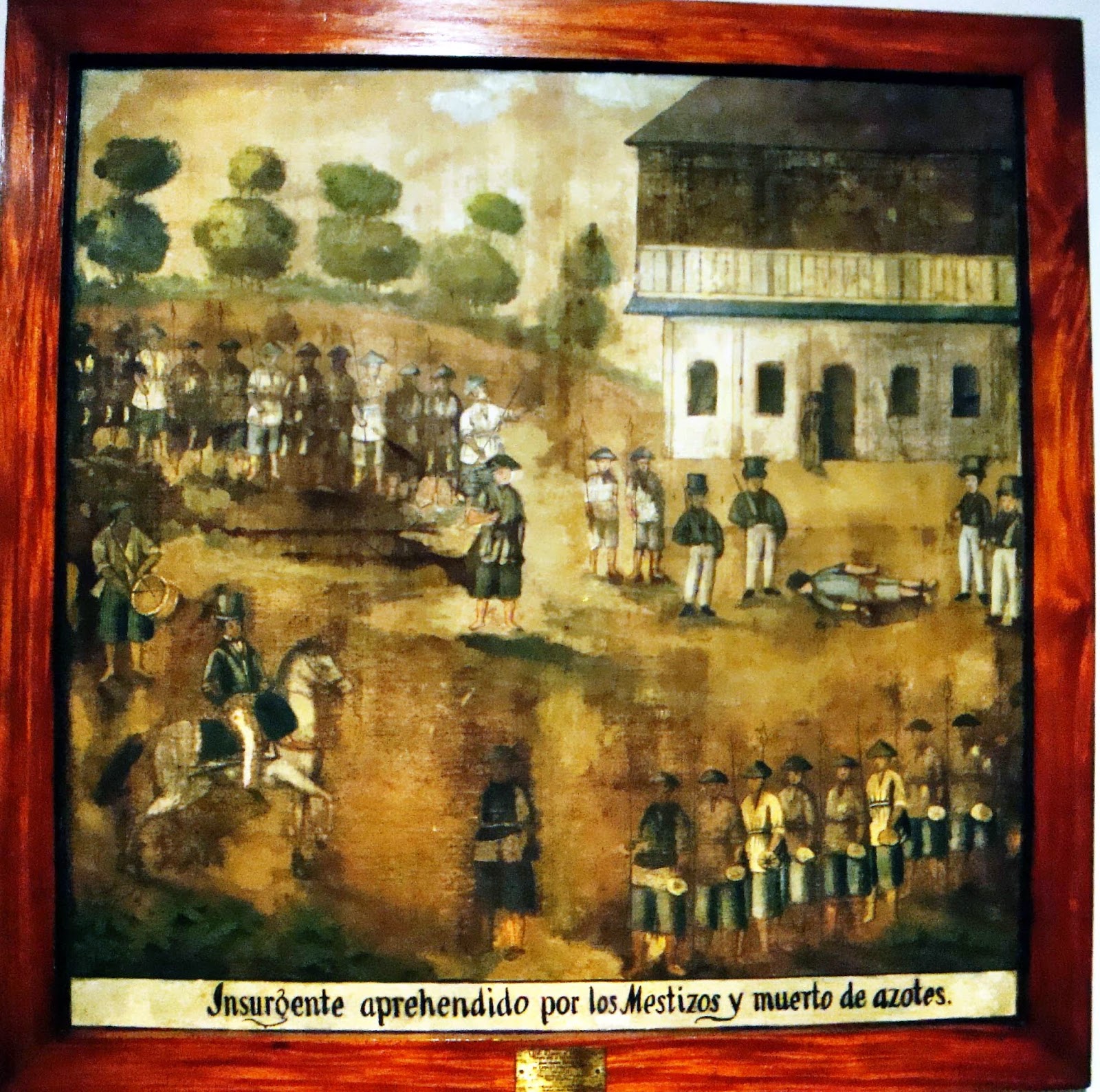The mullet is called in the Ilocos and Cagayan regions where it is endemic in three names according to size:
Dr Abe V Rotor
Living with Nature School on Blog
![]()
The mullet in the photos is classified under the category of purong, with three to four pieces to a kilo. The fish is cooked into paksiw, spiced with onions, tomato, ginger, and green pepper. The fish is cleaned, removing its silvery thick scale, gills and entrails, and cooked in a claypot lined with banana leaves. under low fire. Another way of cooking mullet is sinigang, using the same ingredient, with a lot of broth (sabaw). Mullet is perhaps the tastiest fish in the world.
- sisiao when juvenile,
- purong when mature, and
- ludong when it reaches a size of two kilos or more, and migrates to the sea to spawn.
Dr Abe V Rotor
Living with Nature School on Blog
Paaralang Bayan sa Himpapawid with Ms Melly C Tenorio
738 DZRB AM Band, 8 to 9 evening class, Monday to Friday
738 DZRB AM Band, 8 to 9 evening class, Monday to Friday

The mullet in the photos is classified under the category of purong, with three to four pieces to a kilo. The fish is cooked into paksiw, spiced with onions, tomato, ginger, and green pepper. The fish is cleaned, removing its silvery thick scale, gills and entrails, and cooked in a claypot lined with banana leaves. under low fire. Another way of cooking mullet is sinigang, using the same ingredient, with a lot of broth (sabaw). Mullet is perhaps the tastiest fish in the world.
The Ludong or Lobed river mullet is a freshwater mullet endemic to Cagayan River and its tributaries and watershed of the Cagayan Valley and the Santa-Abra River Systems of Ilocos Sur and Abra provinces. It is also found in the Celebes, New Caledonia, New Hebrides and Fiji.
Ludong is herbivorous, eating only filamentous algae. Ludong commands a lucrative price of P5,000 a kilo and up, making it the most expensive fish in the country. It is highly seasonal and difficult to catch being catadromous in nature, that is, it migrates to the ocean to breed. It swims to salt water to spawn from October to December and returns to upstream ponds after. It undergoes upstream migration during December, January, and February, and this coincides with the “ipon-run phenomenon" wherein different species of fish fry also undergo upstream migration. After the ludong had undergone downstream migration, it can be caught in Cagayan River and tributaries. (BFAR)
The mullet is now a threatened species due to overfishing. Annual catch is fast declining, so with the size of the fish. To protect the species, particularly the highly prized spawing ludong, BFAR issued Fisheries Administrative Order (FAO) No. 31 aimed at conserving the banak or ludong in Northern Luzon.
Specifically, FAO 31 prohibits the capture, purchase, sale, preparation, and serving of ludong for private or public consumption during its seasonal migration (October to January). It also prohibits the use of tabukol (a cast net of large meshes), tabak (small drag seine for river fishing) or pateng (cylindrical fish pot for catching mullet) in the Cagayan River and its tributaries and in the Santa-Abra River System during these months.
I used to fish mullet in my hometown, along the historic Bantaoay River, (battle site of the Basi Wine Revolt of 1807 in San Vicente, Ilocos Sur).
Because the fish is strictly herbivore and feeding on filamentous green algae, we kids in our time would gather the fresh alga and slightly roast it on charcoal to make it aromatic, then skillfully wind it as bait around a tiny fishhook. With a long bamboo pole we would sit quietly and motionless on the riverbank, almost hiding from the fish view.
To know if the fish was biting, we had a floater made of twig as indicator and at the same time depth regulator. The fish nibbles our bait at first, and when the floater submerges we know the fish had taken a bite. Ureka! It's the purong! It's a beautiful fish sparkling in the sunlight as it is hauled out of the water splashing.
A whole day fishing would yield up to a dozen for each fisher, that is, if we were lucky and the fish were aggressively biting. That would be a good two kilos in all. At other times a catch of two or three is fair enough. And what a picnic on the bank of the river! There was no better way to enjoy boyhood, reminiscent of Tom Sawyer and Huckleberry Finn, the principal boy actors in Mark Twain novels.
To this date I have not known of any similar way to lure the mullet with roasted alga. We learned of the technique from the old folks, who would gladly share their knowledge and skills and its benefits as well. The test of technology (if you call it that way then), is its functionality and fulfillment, and if if I may add, its contribution to us kids becoming grownups.
When I became a university professor at the graduate school, I came across a masteral thesis on raising mullet in captivity. The lady candidate monitored the growth rate of mullets grown in fishpond, if it is feasible. Her data was not convincing. The panel of examiners in which I was a member was about to turn down the results, which means, it is not feasible to grow mullet in fishponds like, say the bangos or milkfish.
On closer look at her graphical presentation, I saw a general trend, though incipient, that the fish had not reached maturity. Which means that they were still growing given a month or two extension - and they would reach marketable size. Indeed mullet can be cultured.
But I would rather have the mullet I caught many years ago on the bank of Bantaoay river with a fishing pole and a bait of the only kind I know in the whole world, the bait that caught the biggest fish ever - LIFE! ~



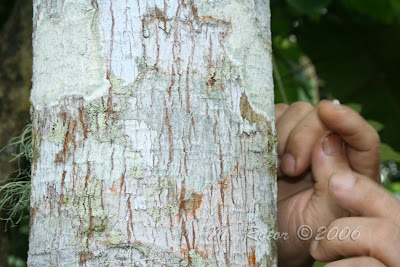


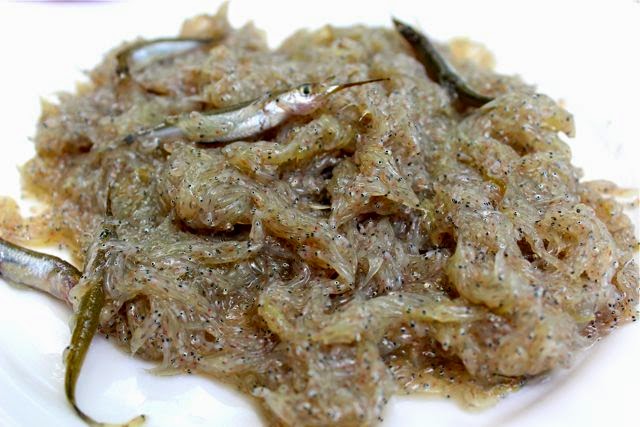


.jpg)





















